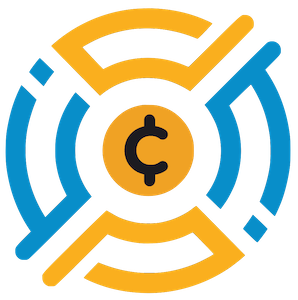The recent success of Cardano’s on-chain governance vote is being heralded as a groundbreaking achievement, marking what many see as a pivotal step toward true decentralization. However, it’s imperative to question whether this milestone is a genuine transformation or merely a symbolic gesture. While proponents celebrate the community-driven approval of core development funding, skeptics must probe deeper into the implications of this event for the blockchain landscape. Is this a harbinger of democratized decision-making or just an elaborate facade that masks ongoing centralization in practice?
The narrative around this vote often focuses on its symbolic significance, but the broader context suggests a different picture. Blockchain governance, in its ideal form, entails an equitable, transparent, and fully participatory process where stakeholders truly shape the future of the network. Yet, despite Cardano’s claim of on-chain decision-making, substantial questions linger: Are the community’s representatives truly autonomous? Or do they serve as legitimizing figures within an ecosystem still largely shaped by a small, elite cadre of developers and institutional actors? To consider this milestone as a wholesale shift toward decentralization might be overly optimistic.
Is Cardano’s Governance Model a Practical Victory or a Political Illusion?
Input Output Global (IOG), the guiding force behind Cardano’s development, proudly announced the historic vote, emphasizing community involvement. But in reality, the system remains highly centralized in influence, with key decisions often influenced by the core development team and a limited number of influential stakeholders. The active proposals—currently numbering 39—are promising on paper, but the question remains: how many of these proposals truly reflect broad community interests versus the preferences of a motivated few?
The scope of participation, especially in a system that is still relatively early in its evolution, is often limited to a dedicated segment of the community. Large stakeholders, institutional backers, and core developers wield disproportionate influence, whether intentionally or inadvertently. The legitimacy of this on-chain governance model hinges on whether it can ensure broad, meaningful participation across the entire user base—not just the vocal minority. Until then, claims of decentralization, while useful for marketing, risk being overstated.
Setting a New Standard or Falling Behind in the Global Crypto Race?
Cardano’s achievement as the only top-ten cryptocurrency to implement on-chain governance is commendable, but it also raises questions about whether it is enough to merely claim a pioneering role in blockchain management. Other giants like Ethereum, Bitcoin, and Solana continue to dominate and innovate without adopting similar models—at least explicitly—yet their influence and resilience are undeniable.
Will Cardano’s governance framework withstand scrutiny as it scales? Or will it reveal fundamental flaws when faced with real-world pressures, such as malicious proposals or strategic abuse? The fact that none of the other leading cryptocurrencies have adopted this fully on-chain governance approach underscores the enormous engineering and sociopolitical challenges involved. If Cardano is to maintain credibility, it must demonstrate that its governance system is not just a shiny feature but capable of fostering genuine democratic control, transparency, and accountability at scale.
Is Cryptocurrency Governance Moving Forward or Just Treading Water?
The excitement across the crypto sphere about Cardano’s milestone reflects a broader desire for a more democratic and transparent blockchain ecosystem. Yet, this event could end up as a symbolic milestone in a long, uncertain process. The decentralized revolution might be more aspirational than operational in the near term, with many projects still grappling with centralized influence, technology bottlenecks, and stakeholder disparities.
Ultimately, while Cardano’s progress is noteworthy and should be respected for its ambition, it must be critically examined for substance. Declarations of victory should be tempered with cautious skepticism about whether the actual mechanics of governance will endure the test of complex community dynamics and market pressures. The real challenge lies ahead: transforming these initial steps into a meaningful, resilient model of democracy in blockchain governance.

